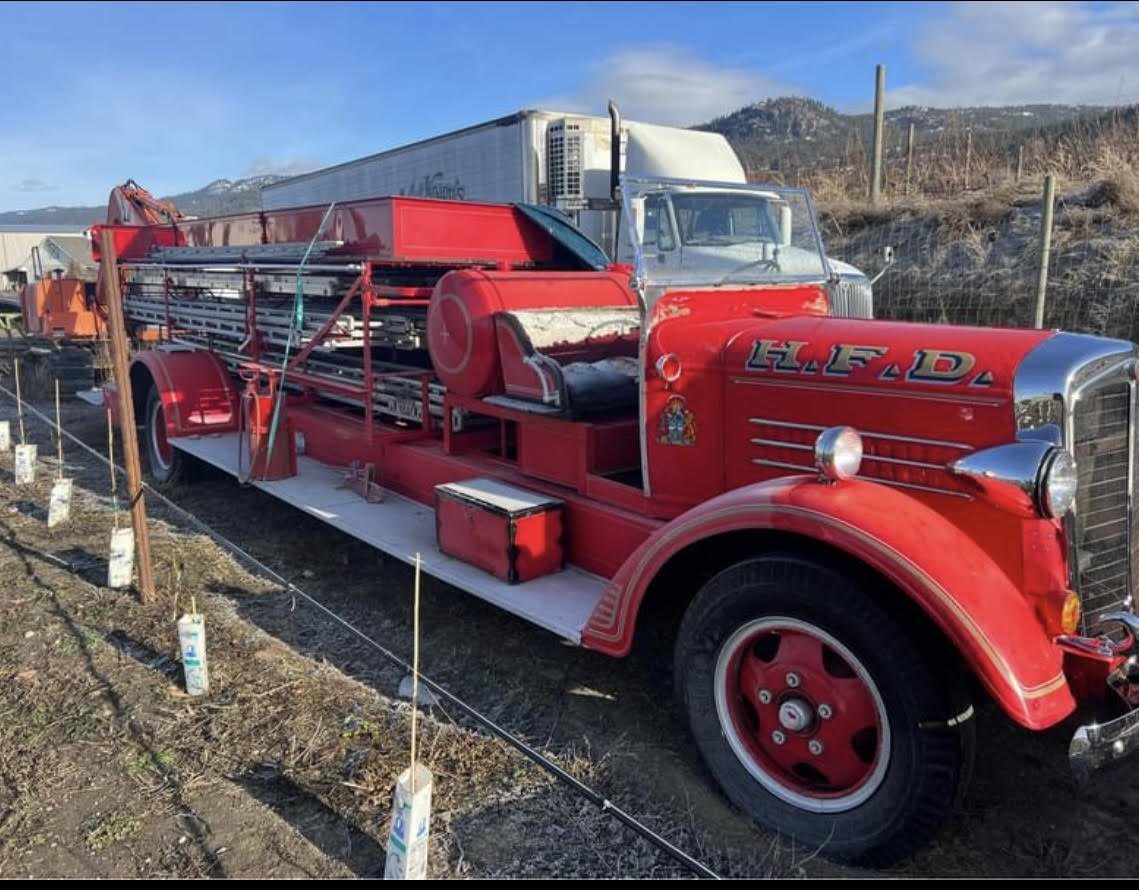DID MARMORA INVENT MONEY
/“But dear brother, we have no money here. The best farmer in the country must when he is going out a journey, he must take wheat tic or oats or some such commodity to bear his expense in the towns traveling. We will not see one shilling in the course of a year.
Royal Keyes, writing to his brother in September 1834. Royal farmed north of Marmora until his death at the age of 107
Royal Keyes was not complaining about how poor he was. He wasn’t poor. In the same letter he boasted of a flourishing farm and three good meals of meat daily. He was complaining about the lack of coins and bills themselves.
Archives of Ontario


































